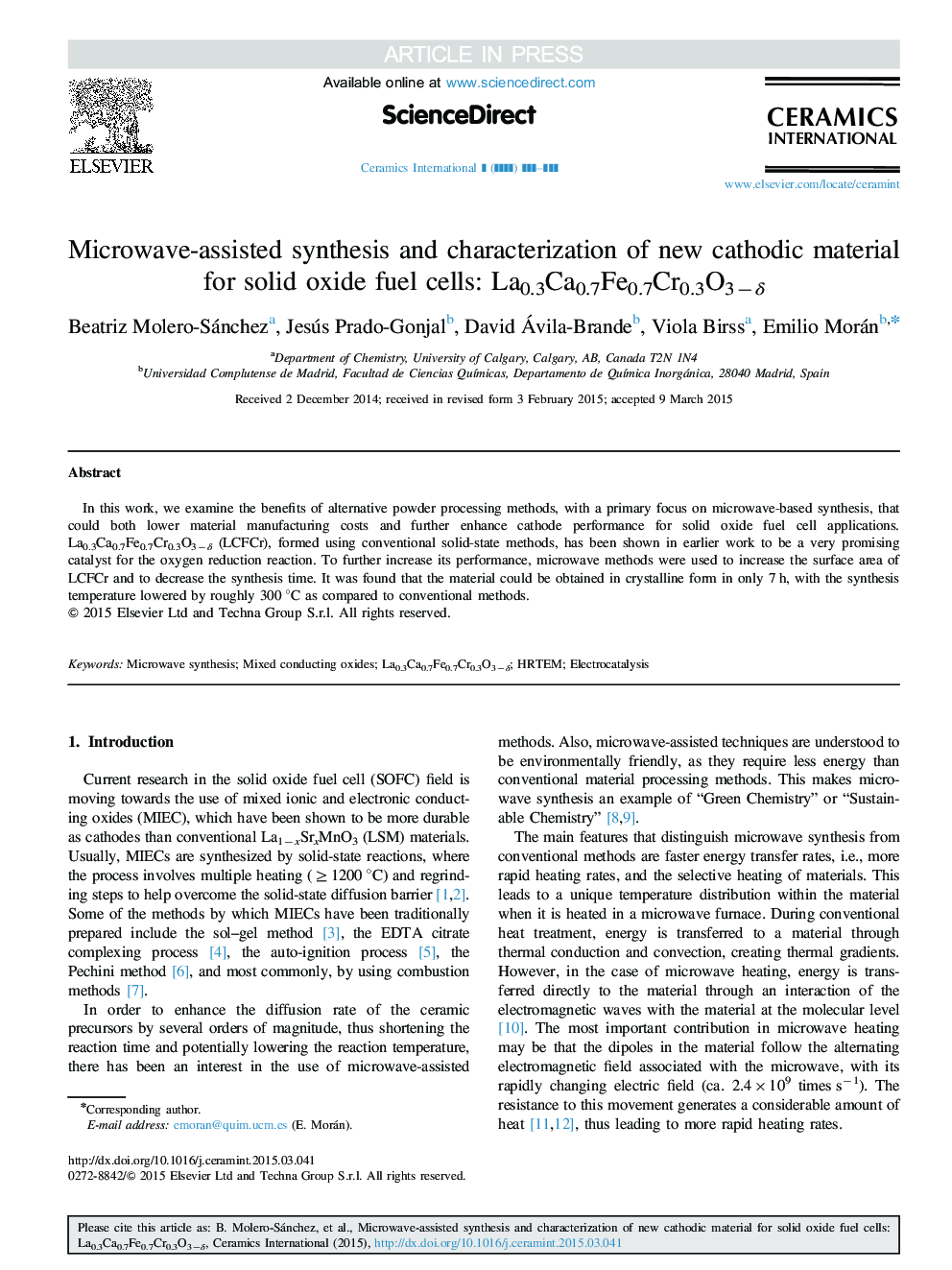| Article ID | Journal | Published Year | Pages | File Type |
|---|---|---|---|---|
| 10624549 | Ceramics International | 2015 | 6 Pages |
Abstract
In this work, we examine the benefits of alternative powder processing methods, with a primary focus on microwave-based synthesis, that could both lower material manufacturing costs and further enhance cathode performance for solid oxide fuel cell applications. La0.3Ca0.7Fe0.7Cr0.3O3âδ (LCFCr), formed using conventional solid-state methods, has been shown in earlier work to be a very promising catalyst for the oxygen reduction reaction. To further increase its performance, microwave methods were used to increase the surface area of LCFCr and to decrease the synthesis time. It was found that the material could be obtained in crystalline form in only 7 h, with the synthesis temperature lowered by roughly 300 °C as compared to conventional methods.
Related Topics
Physical Sciences and Engineering
Materials Science
Ceramics and Composites
Authors
Beatriz Molero-Sánchez, Jesús Prado-Gonjal, David Ávila-Brande, Viola Birss, Emilio Morán,
